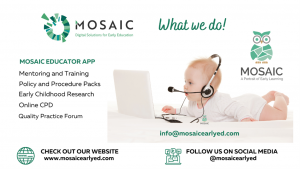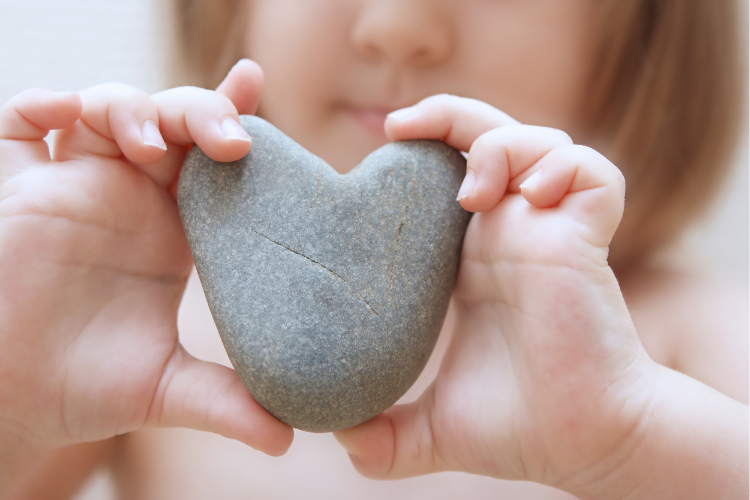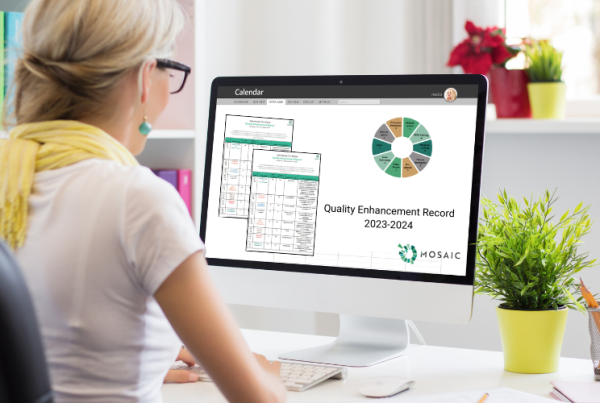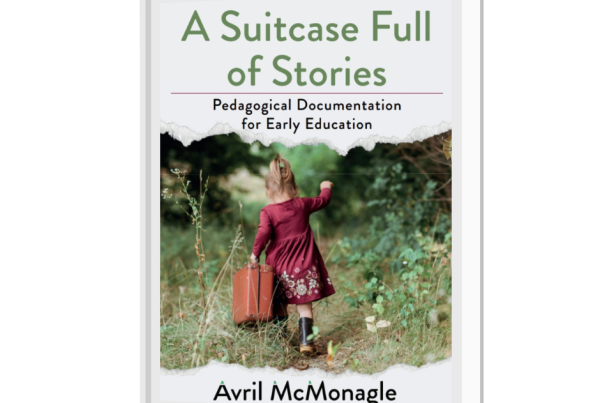So, what are you doing for Valentines Day? Do you incorporate Valentine’s Day into your emergent plan for the coming weeks? This blog is aimed at helping educators to ‘stop and think’ to ensure that this ‘event’ does not turn into a production line for adult driven cutesy arts and crafts that lack real relevance to the child.
Stop and think
In preparation for the inclusion of a Valentine’s topic (or any topic), firstly start from where children are at. Ask yourself:
- Do the children have a sense of Valentine’s Day – how?
- What does Valentine’s Day mean to them?
- How can you utilise Valentine’s Day as a vehicle to relay meaningful learning dispositions and attitudes to children?
Wasting time
Firstly let’s look at what NOT to do. Here are some examples of Valentine’s Day adult led craft. Let’s critique the 6 things that the Heart Wreath, Love Bug, Love Tree and the Strawberry Heart all have in common.
- The adult cut all the perfect heart shapes – ensuring they were the correct size.
- The adult chose the colours and materials
- The adult cut circles for eyes and tree branches
- The adult directed and ensured that all pieces were stuck in the right places
- The adult made a keepsake gift for parents
- The adult wasted precious time that they cannot spare.
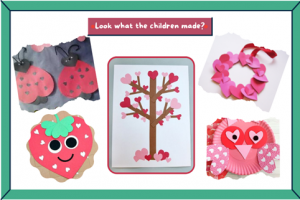
So how can you incorporate Valentine’s Day into a meaningful broad-based emergent plan?
Alternatively, why not use this ‘event’ as a provocation for a wider holistic plan incorporating health and well-being, relationships, communication, investigation, uniqueness, and a range of positive dispositions.
The Valentine theme then, rather than being an end in itself, becomes a ‘hook’ from which you connect a broad-based holistic plan suitable for the individual needs and interests of children.
Planning relatable activities with children
A HEART themed topic can bring the Aistear theme of ‘Well-being’ to life in a way that is meaningful to children. Use the topic to discuss a healthy heart, what a real heart looks like, what it sounds like and how to keep it healthy. Exercise and outdoor play will enable children to feel their ‘real heart’ and know where it is in their body.
Support children to ‘Explore and Think’ by enabling them to use IT to find out what a real heart looks like and sounds like. Find out about people who have a heart that doesn’t work properly and what this means.
The wider focus also has huge potential for emotional well-being by enabling the child to know that they are loved, that they belong, how to express emotions and feelings and understanding the feelings of others.
Nurturing dispositions and attitudes such as self-image, kindness, caring, responsibility, emotions, and empathy should be central to learning aims. By all means use heart shapes as provocations, but ensure children get the opportunity to convey their own interpretation of this – not the adults.
Develop language and communication skills by enabling children to share their stories about their understanding of love and kindness – listen to what they have to say. This will nurture a sense of Identity and Belonging such as respectful relationships with others, investigating their own unique interests, and expressing their own ideas.
Provocations and Loose Parts are the key to enabling the child to process meaningful engagement with the topic and take what he/she needs to make it meaningful to them. Why? Because children can choose, make decisions and self-direct their own experiences.
Provide a variety of loose parts to enable children to choose, create and experiment. Ask them what they would like to make and what materials would they like to use. For some it will be paint, others will choose loose parts, some may paint a pebble and others still it will be a drawing in chalk outdoors.
Support children to ‘Communicate’ their message in their own words and through a preferred medium. Use technology in a meaningful way by recording the child’s authentic voice in a short video message for someone they care about.
This is one of the many advantages of using digital documentation like MOSAIC Educator (www.mosaicearlyed.com) to document children’s work. It doesn’t have to be a ‘product’ to send home, it can be a heart shaped finger drawing in the sand or a quick video message to a parent or family member. Each creation is as valuable as the other – each one unique to the child’s level of understanding and chosen representation.
Bring the topic outdoors by encouraging children to look for heart shaped stones/leaves outside which they can paint and decorate. Find a tree branch to paint. Organise a treasure hunt and devise a simple data collection sheet to record what has been found.
Make a group ‘Heart Map’ for the wall – encouraging children to draw something/one that they love on the map. This could be anything from a pet to a grandparent and everything in between! Use the map as an activity for group discussion and individual sustained shared thinking.
Documenting Learning
Just imagine how difficult it would be to document learning if all children are merely part of a production line of adult driven craft. What could you include in learning achieved – Followed instructions? Completed a task? Made a representative model of an adult idea? Either way, there is little scope here for a meaningful story of learning individual to the child.
Authentic, child focussed learning stories will be rich in content when children are supported to choose, have the confidence to make decisions and self-direct their own experiences. You will be able to see their ideas, interpret their understanding and most importantly hear their unique voice.
So, Valentine’s Day can be much more than a generic production line of product driven craft. Educators can use annual events like Valentine’s Day to bring many of the Aistear themes, goals and dispositions to life. It is an opportunity to use an annual celebration as a ‘hook’ for a range of experiences to which children can relate in a meaningful age and developmentally appropriate way.
About the Author:
Avril McMonagle is Founder and CEO of MOSAIC Digital Solutions for Early Education which provides a range of child centred digital products, training and quality compliance supports for early childhood services and stakeholders. The company flagship products are the MOSAIC Educator and MOSAIC Family Apps which offer child-led planning, documentation, and assessment tools for professional educators. For more see www.mosaicearlyed.com; email [email protected] and follow us on social media @mosaicearlyed
